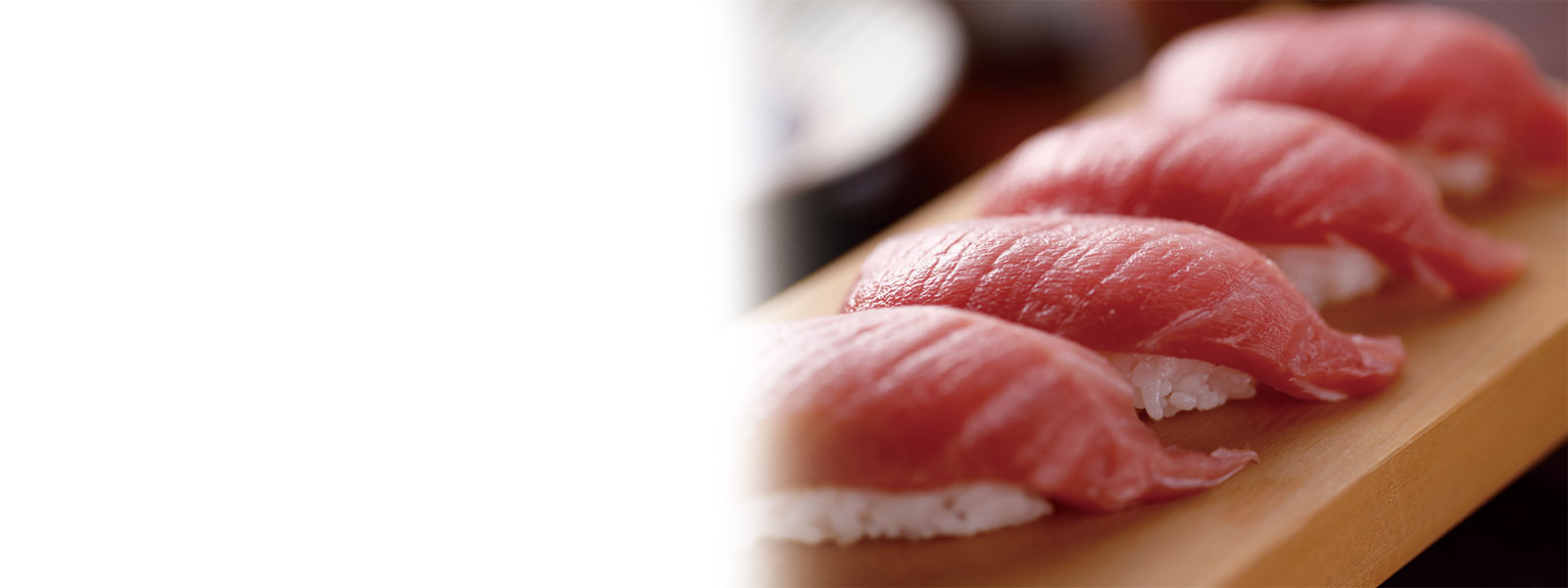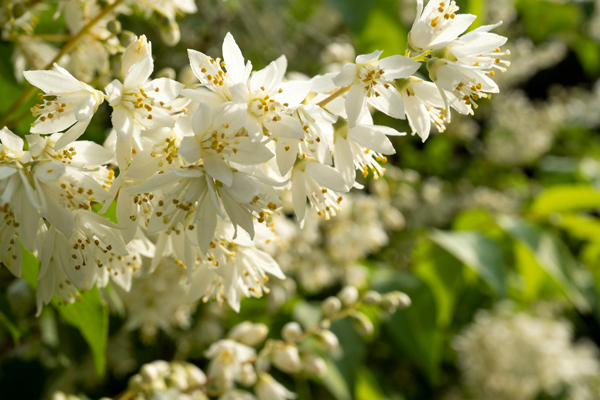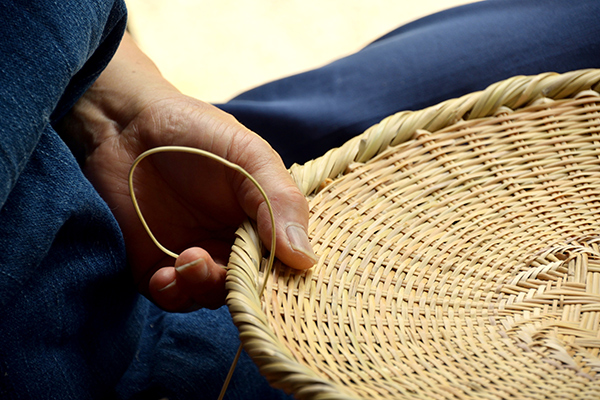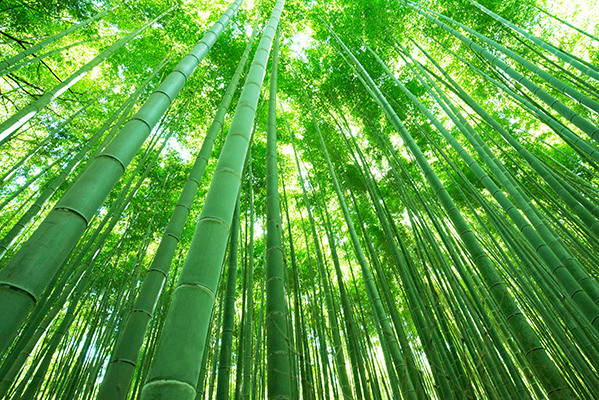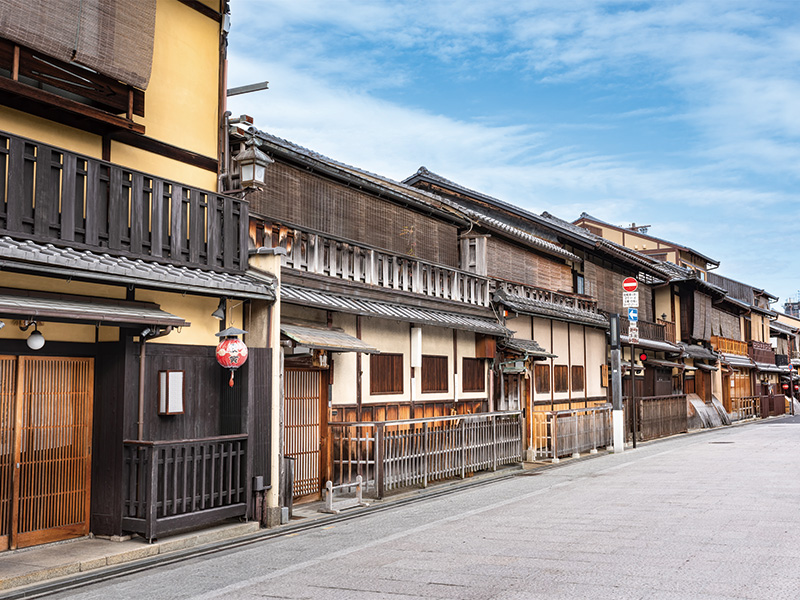Ancient to Nara Period (Yayoi Period to 710 AD)
What did ancient Japanese people eat? This era was dominated by preserved and fermented foods. Surprisingly, some of the classic dishes that still appear on our tables today were born during this time.
Onigiri (Yayoi Period: 300 BC - 300 AD)
Onigiri (Yayoi Period: 300 BC - 300 AD)
The oldest onigiri in Japan was discovered at an archaeological site in Ishikawa Prefecture! The carbonized remains of onigiri revealed that its shape and size are almost unchanged from today. At that time, it was valued as a portable food, useful for farming and traveling. It is truly the ancestor of today's "convenience store onigiri." Additionally, the name "onigiri" carries the meaning of connecting families.
Natto (Yayoi Period to Nara Period: 300 BC - 794 AD)
There are various theories about the origin of natto, but one popular theory is the "accidental creation on the battlefield." It is said that samurai carried boiled soybeans wrapped in straw, which led to fermentation and the creation of that unique stickiness. By the Nara period, natto was valued for its nutritional content and was used as a preserved food by nobles and monks.
Onigiri
Natto
Miso (Yayoi Period: 300 BC - 300 AD)
Miso has a long history, with its prototype originating in the Yayoi period. At that time, it was used merely as a "salty seasoning," but as Buddhism spread, it became an essential ingredient in vegetarian cuisine. Its preservability and high nutritional value made it indispensable for samurai during long battles. Even today, miso soup every morning is a long-standing Japanese tradition.
Pickles (Nara Period: 710 - 794 AD)
Pickles, which originated in the Nara period, have developed unique characteristics in different regions over a long history. Among them, Nara pickles are known for their distinctive flavor, achieved by pickling in sake lees.
Miso
Tsukemono
Heian Period (794 - 1185 AD)
Heian Period (794 - 1185 AD)
During this period, food culture became more refined, and within the court, there was a demand for aesthetic beauty, seasonal elements, and artistic aspects.
Wagashi (Heian Period: 794 - 1185 AD)
The nobles of the Heian period had a fondness for sweets. Since sugar was still precious, sweetness was mainly derived from fruits and honey, but they still creatively added color to mochi and dango. Scenes of enjoying wagashi appear in "The Tale of Genji." The delicate designs representing the seasons reflect the aesthetic sense of Heian aristocrats.
Umeboshi (Heian Period: 794 - 1185 AD)
The idea of "having umeboshi when feeling a bit tired" is not just a modern concept. For nobles and samurai on long journeys, umeboshi was a versatile remedy. Its fatigue recovery and preservative effects made it a valuable food that could save lives.
Dango
Pickled plums
Kamakura to Muromachi Period (1185 - 1573 AD)
Kamakura to Muromachi Period (1185 - 1573 AD)
During this era, when samurai rose to prominence, practical and nutritious food culture developed. Additionally, the influence of Zen Buddhism led to the spread of "simple yet profound cuisine."
Oden (Dengaku) (Kamakura Period: 1185 - 1333 AD)
The "oden" of that time was slightly different from today's version, consisting of simple grilled tofu with miso paste. There is a theory that it was served at the banquet of Minamoto no Yoritomo.
Dashi (Muromachi Period: 1336 - 1573 AD)
Dashi was established during this period. Sen no Rikyu, who established the tea ceremony, incorporated dashi made from kombu and bonito flakes into tea kaiseki cuisine, laying the foundation for Japanese cuisine. The aroma of dashi at tea ceremonies surely soothed the hearts of visitors.
Senbei (Muromachi Period: 1336 - 1573 AD)
When you hear "senbei," you might think of sweet snacks, but during this period, senbei were mainly salty or soy sauce-flavored. It is said that Oda Nobunaga used senbei as portable food on the battlefield.
Oden
Dashi
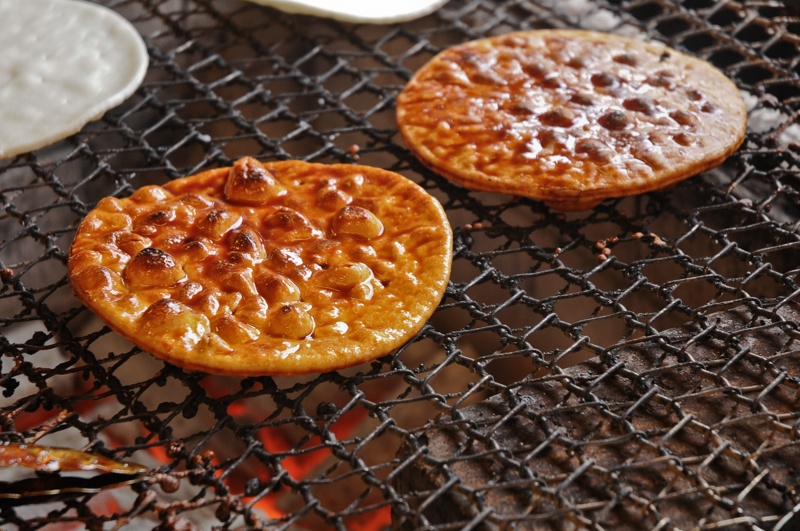
Senbei
Azuchi-Momoyama Period (1573 - 1603 AD)
Azuchi-Momoyama Period (1573 - 1603 AD)
This era saw active cultural exchanges, influenced by Portugal and Spain, enriching Japanese food culture.
Tempura (Azuchi-Momoyama Period: 1573 - 1603 AD)
Tempura, based on a dish introduced from Portugal, was adapted with unique Japanese cooking methods. There is a story that tempura was served at the banquet in Toyotomi Hideyoshi's "Golden Tea Room."
Konpeito (Azuchi-Momoyama Period: 1573 - 1603 AD)
Konpeito, originating from Portugal, became popular as a gift due to its beautiful appearance. The story of Hideyoshi giving konpeito as part of diplomacy is well-known.
Tempura that was served at the banquet of Toyotomi Hideyoshi's
Kompeito of Portuguese origin
Edo Period (1603 - 1868 AD)
Edo Period (1603 - 1868 AD)
The food culture of the common people flourished during this period. The streets of Edo were lined with food stalls, giving birth to the original fast food.
Sushi (Nigiri Sushi) (Edo Period: 1603 - 1868 AD)
Nigiri sushi was a popular menu item at food stalls. Among the common people, it became synonymous with "quick, cheap, and delicious." The ukiyo-e artist Katsushika Hokusai also left works featuring sushi.
Soba (Soba Noodles) (Edo Period: 1603 - 1868 AD)
Standing soba stalls in Edo were akin to modern food courts.
Matsuo Basho also left haiku enjoying soba during his travels.
Showa to Present (1926 - Present)
Showa to Present (1926 - Present)
Since the Showa period, Japanese food has diversified further and expanded globally.
Takoyaki (Showa Period: 1926 - 1989 AD)
Takoyaki, which originated in Osaka in the early Showa period, was initially flavored with soy sauce rather than sauce. Today, it is enjoyed overseas as "Japanese street food."
Sushi
Soba
Sushi (Modern: 1980s - Present)
Sushi has been recognized overseas as a "healthy meal." Today, sushi is loved worldwide. Sushi that combines Japanese tradition with overseas ideas, such as California rolls and dragon rolls, has been continuously introduced.
Takoyaki, which originated in Osaka
California rolls, which have become popular overseas with local adaptations
Enjoying Japanese Food Culture with Trivia
Japanese-originated foods are not just dishes; they are "cultural records" filled with the stories of the times and people behind them. Some, like natto and sushi, have continued since ancient times, while others, like takoyaki and tempura, have evolved with the times. Knowing the history and episodes behind each food might make your usual dish feel even more special.


